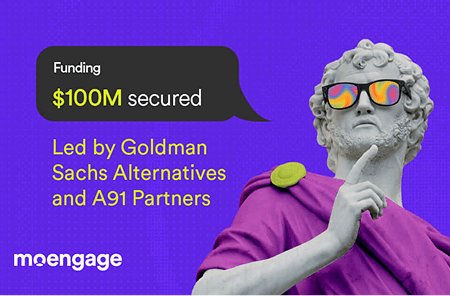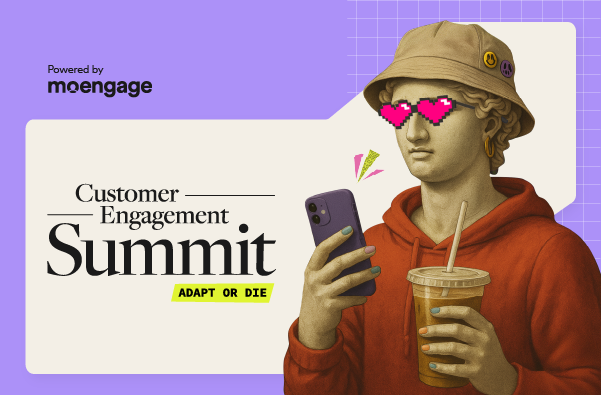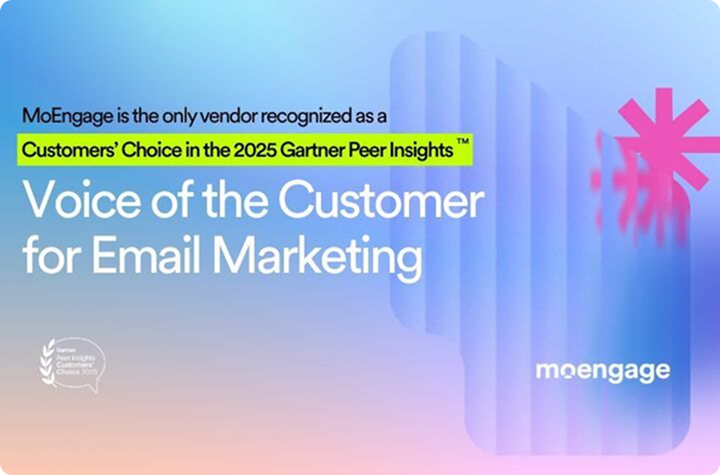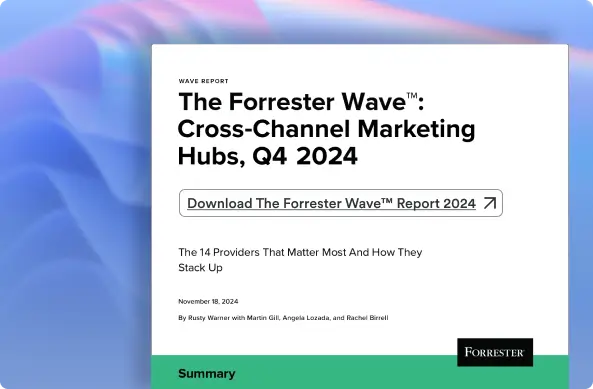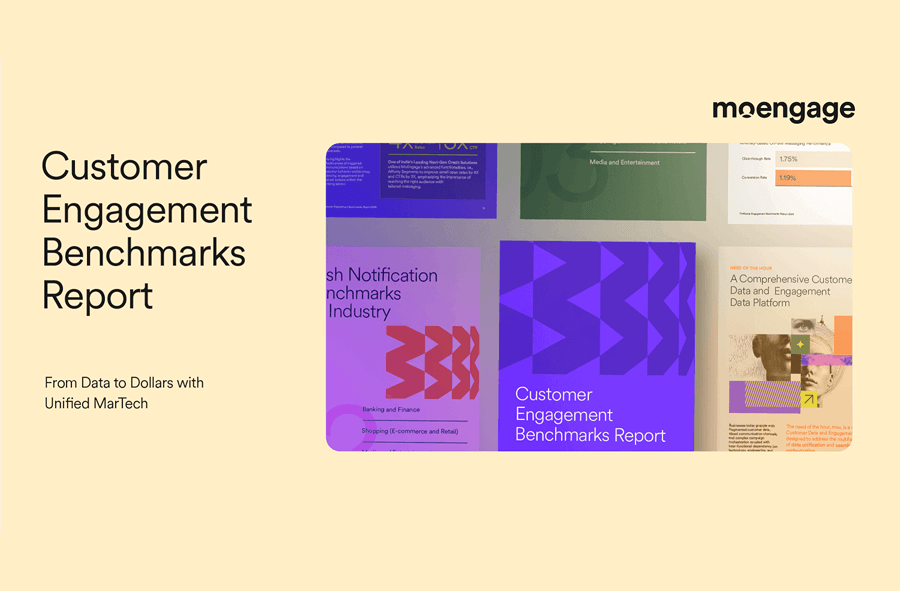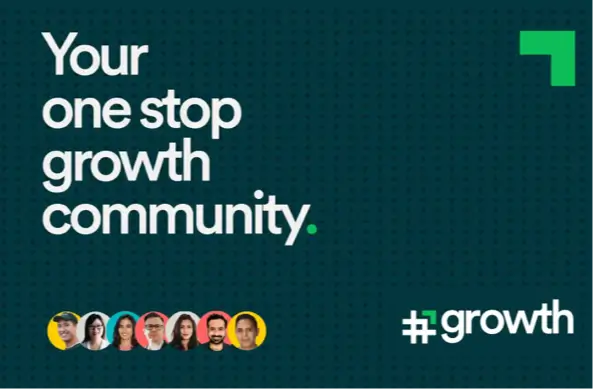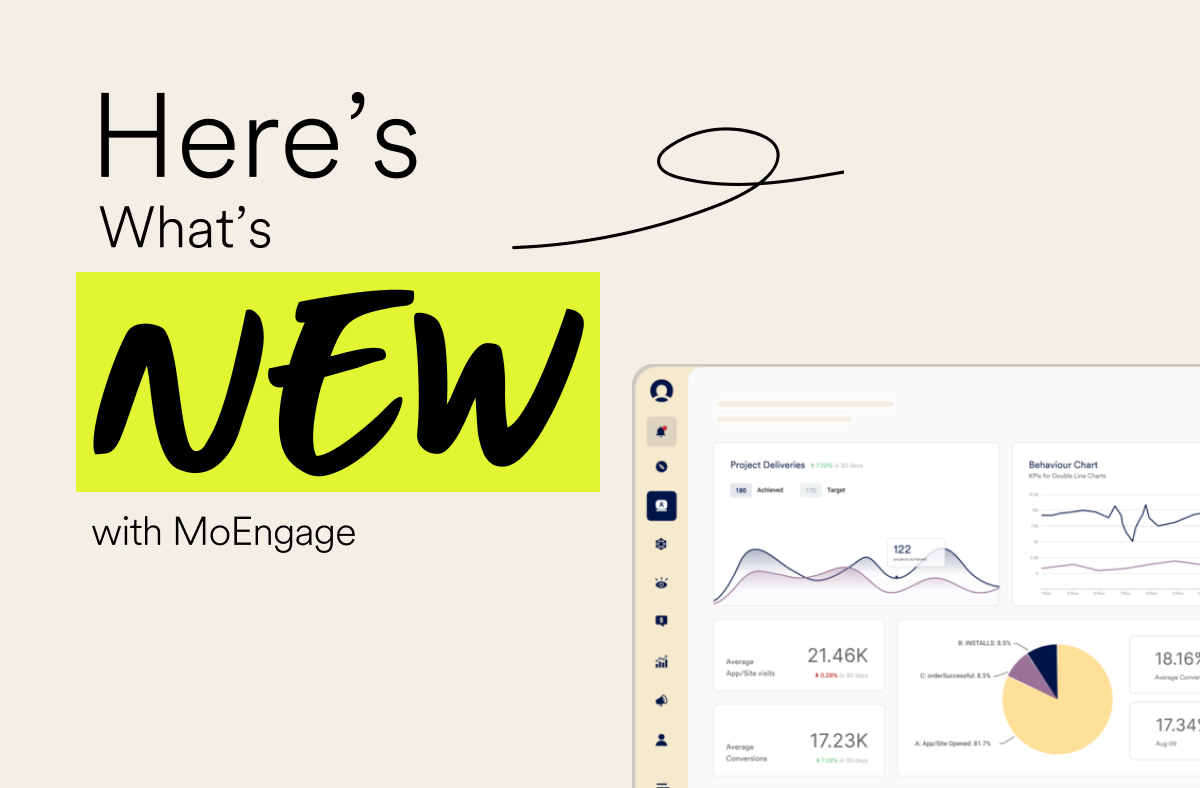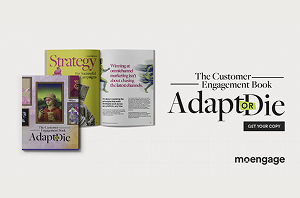How Gmail’s Manage Subscriptions Tool Impacts B2C Email Marketing
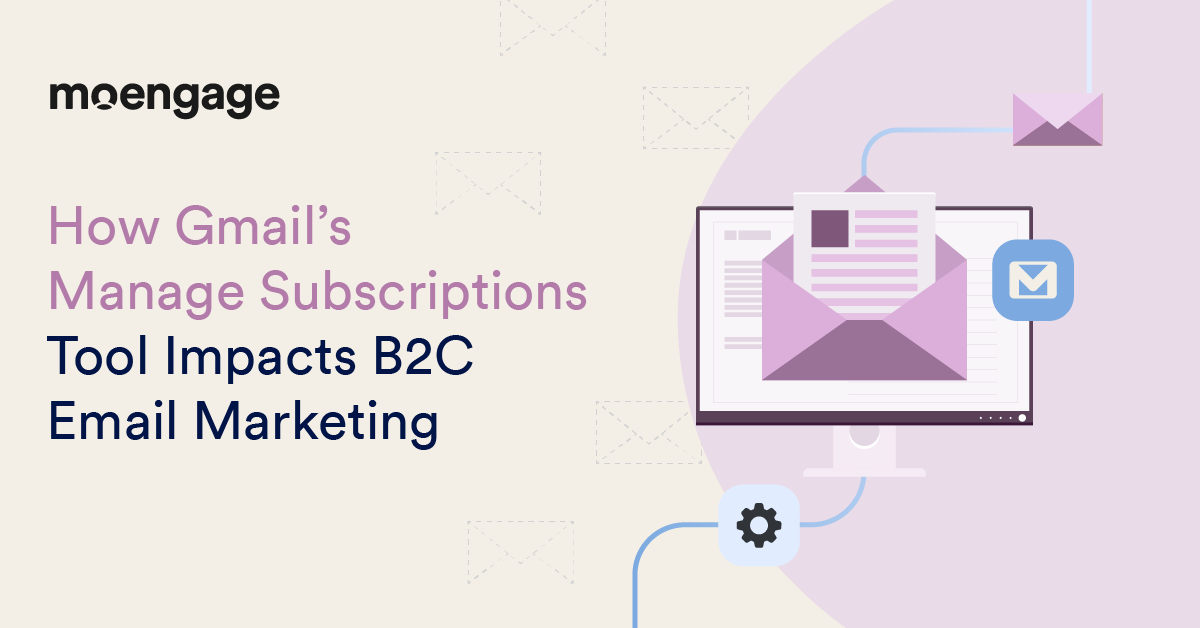
Reading Time: 7 minutes
Inboxes are overflowing. Consumers are tired of irrelevant promos. And now, Google is making it easier than ever for users to mass unsubscribe.
With the rollout of Gmail’s new Manage Subscriptions tool, CRM and lifecycle marketers at B2C brands face a critical shift in how email marketing performance will be measured, and how quickly disengaged subscribers can cut ties.
In this article, we’ll explain what’s changing, why it matters for email marketing strategy in 2025, and what steps marketers should take to protect their owned channels and reduce unsubscribe rates.
What Is Gmail’s New Manage Subscriptions Tool?
Announced in July 2025, Gmail’s “Manage Subscriptions” tool appears under the Promotions tab on Android (with iOS coming soon). It gives users a consolidated, mobile-friendly view of all their promotional email subscriptions.
Users can now:
- See all promotional senders in one place
- View how frequently brands email them
- Check the last time they opened a message
- Tap a one-click unsubscribe button without opening an email
“We want to make it easier for people to see which promotional emails they’re subscribed to, how often they get them, and give them the option to unsubscribe quickly if they’re no longer interested,” said Google in its official announcement.
This update gives Gmail users more visibility and control over their inboxes than ever before. And for marketers, that control cuts both ways.
Why This Gmail Update Changes the Rules of Email Marketing
With over 1.8 billion Gmail users, this change will have a widespread impact, especially for B2C marketers who rely heavily on email as a primary engagement and retention channel.
Here’s what’s different now:
- Unsubscribes can happen without users opening your emails
- Gmail displays how often each brand emails them
- Consumers can see how long it has been since they engaged with your content
According to Omar Merlo, an associate professor of marketing strategy at Imperial College London, “This isn’t the end of email marketing. It is perhaps the end of sloppy email marketing.”
And for marketers who have long championed customer-first strategies, this shift is a welcome one. As Jacqueline Freedman, Head of Advisory at The Martech Weekly notes,
“Consumer priorities have finally risen to the top of Google’s priorities. Embrace this change; don’t fight it. Better channel customization means you will better serve your customer base and build deeper trust.”
This point highlights the opportunity for CRM teams: instead of resisting tighter controls, marketers should align with them. Better customization and respect for user preferences aren’t just ethical improvements, they’re strategic ones.
Ultimately, this tool shifts inbox power dynamics. Brands can no longer rely on inbox visibility alone. If you’re not delivering value, subscribers now have a much easier path to opt out.
Which B2C Industries Will Be Hit Hardest by Gmail’s Unsubscribe Tool?
While all marketers should take this change seriously, certain industries are more vulnerable than others based on how frequently they email and the role email plays in their customer engagement strategy.
Let’s explore a few high-risk categories.
Retail and E-commerce
Retailers are some of the heaviest users of promotional email. From weekly sales and new arrivals to cart abandonment reminders and loyalty program nudges, retail brands often send several emails per week to the same subscriber.
That’s not inherently bad, but in Gmail’s new system, the volume is clearly displayed. Consumers will now know exactly how often you email and how rarely they open.
For brands that rely on batch-and-blast or one-size-fits-all campaigns, the unsubscribe risk is high.
To stay off the cut list, retailers need to shift toward intelligent segmentation and real-time personalization.
With MoEngage, retailers can tailor product recommendations, time messages based on behavior, and suppress emails to disengaged users automatically.
Health, Beauty, and Personal Care
Brands in this space often leverage email to drive repeat purchases and long-term loyalty. Whether it’s a reminder to restock skincare, an alert about new product drops, or a loyalty reward, email plays a key role in maintaining frequency.
But when every customer receives the same message, the result is fatigue.
Customers who see multiple unopened emails in Gmail’s new tool may decide it’s time to clear the clutter.
Marketers in this space should prioritize lifecycle-based messaging that aligns with each customer’s stage.
For instance, send onboarding education to new subscribers, replenishment reminders based on purchase data, and personalized tips or tutorials that build brand affinity.
Quick-Service Restaurants (QSRs) and Food Delivery
This industry is especially dependent on high-frequency messaging. Daily deals, time-sensitive offers, app usage nudges, and rewards-based emails fill inboxes constantly.
In Gmail’s new dashboard, that high cadence becomes extremely visible. A consumer may receive 10 emails in 10 days from different QSR brands, and now they can easily compare which ones they engage with and which ones they don’t.
Marketers should treat this as an opportunity to become more relevant, not just more frequent.
With MoEngage’s location-based personalization, brands can send timely, hyperlocal offers that feel relevant to the moment. Integrating app behavior into your segmentation adds even more context.
Media and Entertainment
Newsletters, content roundups, new release notifications, and event invites are standard for media and entertainment brands. These emails are often sent in bulk and at regular intervals, making them especially vulnerable to the “unsubscribe sweep.”
The key challenge here is making content feel personal even when it’s delivered at scale.
Leveraging consumption data to curate recommended content and dynamically inserting user-specific elements can increase engagement.
MoEngage enables marketers to embed behavior-driven recommendations into every email, making them more likely to be opened and less likely to be cut.
Financial Services and Fintech
Financial services brands may not send as frequently as others, but their emails are often generic, educational, or filled with upsell content. When these messages aren’t aligned to a user’s financial behavior or needs, they risk being seen as noise.
To avoid unsubscribes, BFSI marketers should segment more thoughtfully.
A student and a retiree should not receive the same promotional message. MoEngage’s audience builder helps marketers target users based on financial product usage, engagement history, and more, ensuring content is relevant to each subscriber’s goals.
How to Reduce Email Unsubscribes and Improve CRM Performance
The unsubscribe button is easier to reach than ever, but marketers who evolve their strategies can thrive in this new landscape. Here’s how to reduce opt-outs and improve long-term email performance using principles MoEngage has championed for years.
1. Prioritize Relevance Over Volume
Instead of asking how often you should email, start asking whether your message adds value. Every campaign should serve a purpose: solve a problem, answer a question, or spark interest.
Avoid sending emails just to hit a quota. The more thoughtful your content, the more welcome it will be in your customer’s inbox.
For example, instead of sending a one-size-fits-all sale announcement, use MoEngage’s product recommendation engine to highlight items your customer has recently browsed or shown interest in.
You’ll boost engagement while reducing fatigue.
2. Make Personalization Feel Effortless
Personalization is not just about using a first name. It’s about understanding customer intent and acting on it. This includes dynamic content based on product interest, location, app activity, and lifecycle stage.
Tools like MoEngage’s Smart Triggers enable you to send personalized messages the moment a customer browses a product, opens your app, or shows signs of churn. These context-rich emails perform better and feel less like noise.
3. Respect Frequency and Preferences
Now that Gmail exposes how often you email, frequency management matters more than ever. Review your current cadence by segment. If one group receives five emails a week and another gets one, make sure that’s intentional.
Give subscribers control by offering preference centers where they can choose how often they hear from you or what topics interest them most. MoEngage allows for frequency caps and automated suppression to avoid over-sending.
According to MarketingSherpa, 26% of users unsubscribe because brands email too often.
Transparency around frequency is no longer optional.
4. Use Lifecycle Segmentation
Treating all customers the same is one of the fastest paths to disengagement. Instead, align your messaging with each user’s stage in the customer journey.
For example:
- A new user may need onboarding support
- A high-value customer might want loyalty perks
- A dormant user could benefit from a win-back incentive
MoEngage’s cross-channel marketing platform helps marketers build adaptive workflows that respond to real-time behavior, so each message feels timely and relevant.
5. Optimize for Mobile and Gmail’s Experience
Gmail’s Manage Subscriptions tool is designed for mobile, and your emails need to be as well. Make sure email templates are responsive, text is scannable, and CTAs are clear. A cluttered or hard-to-read email increases the likelihood of a delete or unsubscribe.
Use alt text for images, test across devices, and limit friction in your CTAs. A good mobile experience is table stakes in this new email environment.
Future-Proof Your Email Marketing Strategy With MoEngage
Gmail’s new subscription manager is not just a feature, it’s a signal. Consumers want control, clarity, and relevance. And brands that can deliver those three things will outperform the rest.
MoEngage helps CRM and lifecycle marketers adapt to these shifts by enabling:
- Unified customer data across all touchpoints
- AI-driven personalization across channels
- Automated lifecycle journeys
- Frequency and suppression controls
- Real-time analytics for engagement and deliverability
If you’ve been meaning to clean up your email program or get more intentional about engagement, now is the time.
Concluding Thoughts: Gmail Has Changed the Game. Are You Ready?
The unsubscribe button is no longer hidden.
The frequency of your emails is no longer a mystery. Your open rates, or lack thereof, are now in plain sight. Gmail’s Manage Subscriptions tool gives consumers more agency, and it demands more accountability from marketers.
Brands that cling to high-volume, low-relevance strategies will lose their audience. But those that embrace customer-centric, data-driven, and personalized messaging will thrive. This shift from Google isn’t just about improving the user experience. It also raises important questions about how platforms reshape the power dynamic between brands and consumers.
In The Martech Weekly, founder and CEO Juan Mendoza puts it bluntly:
“This is just another example of a platform cannibalising the open web. Email is one of the last key pillars of the open internet, which has been slowly taken over by large platforms. Rolling up unsubscribes into a bespoke tool is yet another ‘user-friendly’ tool that disempowers the sender and their direct relationship with the consumer.”
This observation is a timely reminder: while customer-centricity should always be the priority, marketers must also be thoughtful about how much control they’re surrendering to third-party platforms. Owning the relationship with your customers through meaningful content, behavior-based personalization, and ethical data practices has never been more important.
With MoEngage, you have the tools to meet this moment with confidence and lead your organization into the next era of intelligent CRM.
Want to see how MoEngage can help you reduce unsubscribes and drive deeper email engagement?
Request a demo to future-proof your customer engagement strategy.

